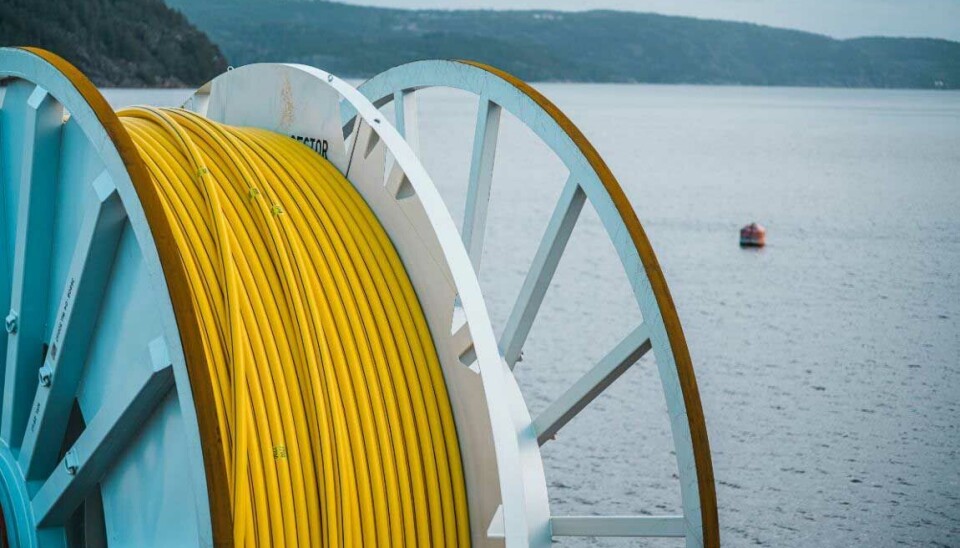
Sabotage threats loom as Norway joins international subsea cable initiative
The Nordic country that has numerous cables and pipelines connected to its coasts teams up with allies in a bid to strengthen subsea communication security.
Only one day after news broke about damage to two underwater communication cables in the Baltic Sea, the Norwegian government today announced its endorsement of an international initiative on underwater communication security.
The Joint Statement on the Security and Resilience of Undersea Cables in a Globally Digitalized World was concluded during the 79th annual United National General Assembly in late September this year.
From before, sixteen countries have endorsed the statement. Among them are the USA, Australia, Canada, Finland, France, Japan, Republic of Korea and the UK.
The circumstances of the two damaged underwater cables in the Baltic Sea are not clear, but many experts and government officials suspect sabotage. Among the cables is the 1,173 kilometres long C-Lion1 cable between Finland and Germany
The damage comes one year after the Balticconnector pipeline was broken by Chinese-Russian vessel Newnew Polar Bear. Several more suspicious cases have been recorded over the the past few years. Among them is the damage to one of the fibre optic cables that connects the Svalbard archipelago with the Norwegian mainland in early 2022.
"The broken cables in the Baltic Sea the last week is a reminder that underwater communication cables are critical infrastructure of strategic significance," Norwegian Foreign Minister Espen Barth Eide says in a comment.
"Most of Norway's communications with the world goes through these kind of cables, and by joining the joint statement we underline that significance of international cooperation in the field," he adds.
The Joint Statement calls for a shared global approach to ensure security, reliability and resiliency for undersea cable infrastructure.
Among nine joint priorities is a call for regular security risk assessments regularly across the cable lifecycle.
According to the stakeholders, technical and non-technical risk factors such as undue influence by a third country on suppliers and service providers must be taken into account, while developing and implementing risk mitigation measures.













